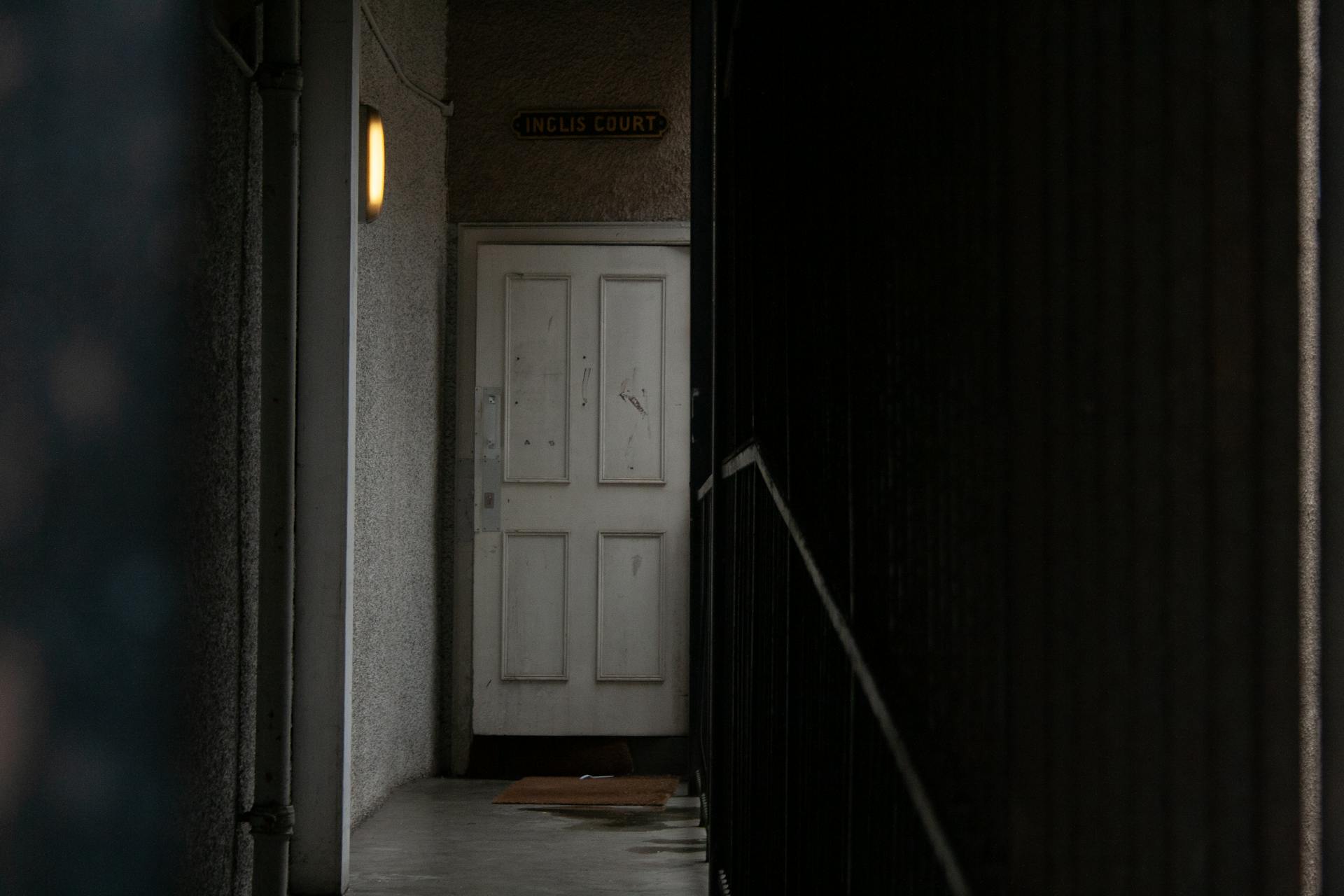My Stepmom Stole $5,000 from My College Fund to Install Veneers for Herself — Karma Hit Her Hard
Who steals from their daughter? My stepmom did. She swiped $5K from my college fund for veneers. For a perfect Hollywood smile. But karma hit faster than a dental drill, leaving her with more regret than glam.
They say money can’t buy happiness, but my stepmom sure thought it could buy a million-dollar smile. The kicker? She stole from my college fund (which was set up by my late mom) to install her veneers and acted like it wasn’t a big deal. But don’t worry! Sit back, relax, and let me tell you about the day karma grew teeth and bit back.

A distressed teenage girl lost in deep thought | Source: Midjourney
I’m Kristen, your average 17-year-old with dreams bigger than my stepmom’s ego. My mom passed away when I was young, but she left behind a college fund. It wasn’t huge, but it was a start to secure my future.
My dad, Bob, and I had been adding to it ever since, mostly from my part-time gigs tutoring kids who think “Pi” is something you eat with ice cream. And some babysitting, which paid me weekly.
Everything went well until, ta-da — enter Tracy, my stepmother and the human embodiment of a selfie stick.

An elegant senior lady holding a glass of wine | Source: Pexels
This woman spends more time in front of the mirror than a mime pretending to be trapped in a box. I swear, if vanity were an Olympic sport, Tracy would make Narcissus look like an amateur.
She’s so obsessed with appearances. Her clothes, hair, and nails always have to be perfect. It’s like she’s trying to be a real-life Barbie. (Sorry, Barbie!)
She spends hours in front of the mirror but never has time for anything that really matters, like, oh I don’t know, being a decent human. It’s like she’s got a mirror installed in her brain.

Tracy’s smile faltered for a microsecond before returning full force. “No, silly! I’m getting veneers! Isn’t that fabulous?”
“Uh, congrats?” I muttered, wondering why this warranted a full-blown announcement.
“Oh, don’t look so glum!” she gushed. “This is cause for celebration! And the best part? I found a way to make it happen without breaking the bank.”
That’s when my stomach dropped faster than a skydiver with a faulty parachute. “What do you mean?”

“Well, I borrowed a little from your college fund. Just $5,000!”
I stood there, mouth agape, feeling like I’d just been sucker-punched by the Tooth Fairy on steroids. “You did WHAT? You STOLE my college fund?”
Tracy rolled her eyes dramatically. “Stole? I’m family. It’s not a big deal, honey!”

A shocked teenage girl | Source: Midjourney
“You had NO RIGHT! That money’s for my future. My mom set it up for me.”
“Oh, save the theatrics! It’s just money. And your father agreed to it,” Tracy winked.
Now, that was a lie bigger than her future dental bill. Dad wouldn’t agree to this in a million years. He’s more likely to willingly sit through a marathon of Tracy’s favorite reality TV shows.
I stormed out, slamming my bedroom door hard enough to make the house shake. I immediately called Dad, who was just as shocked as I was.
“I’ll talk to her,” he promised. In Dad’s terms, that meant “I’ll mention it once and hope it magically resolves itself.”
A few weeks later, Tracy got her veneers. She strutted around the house like she was America’s Next Top Model, flashing her new teeth at every opportunity. It was like living with a deranged lighthouse.

One fateful day, I came home to find Tracy grinning like she’d just won the lottery.
“Kristen, darling!” she chirped, her voice sweeter than a hummingbird’s diet. “Guess what your amazing stepmom is going to do?”
I raised an eyebrow. “Finally learn how to use the washing machine without flooding the laundry room?”

“Oh, Kristen,” she cooed one evening, “don’t forget to smile at your little tutoring class. Although,” she paused, giving me a once-over, “maybe you should keep your mouth closed. You wouldn’t want to scare those kids away with those ugly alligator teeth of yours!”
I bit my tongue so hard I thought I might need veneers myself. “Right,” I muttered. “Because blowing five grand on fake choppers is totally normal, yeah?”
Tracy’s eyes narrowed. “Watch it, Missy. Remember who puts a roof over your head.”
“Pretty sure that’s still Dad,” I shot back, slamming the door behind me.

A closed door upstairs | Source: Pexels
“Ladies, gather ’round!” Tracy announced on the fateful day, clinking her wine glass with a spoon. “I simply must tell you about my transformation!”
Yeah, more like a sci-fi metamorphosis from yellow-stained vampire fangs to a Hollywood smile! I rolled my eyes so hard I could practically see my brain.

A smiling senior woman holding a wine glass and bottle | Source: Pexels
“It’s all thanks to the marvelous Dr. Kapoor,” Tracy gushed. “He’s not just a dentist, he’s an artist! A smile sculptor! A tooth whisperer!”
“Did he whisper to your wallet too?” I muttered under my breath.
Tracy continued, oblivious to my sarcasm. “And of course, some smart investments made it all possible!”
Here’s another story: My coworker mocked me for not having kids and demanded I cover her shifts so she could make time for her kids. Soon enough, she learned an unforgettable lesson.
This work is inspired by real events and people, but it has been fictionalized for creative purposes. Names, characters, and details have been changed to protect privacy and enhance the narrative. Any resemblance to actual persons, living or dead, or actual events is purely coincidental and not intended by the author.
The author and publisher make no claims to the accuracy of events or the portrayal of characters and are not liable for any misinterpretation. This story is provided “as is,” and any opinions expressed are those of the characters and do not reflect the views of the author or publisher.